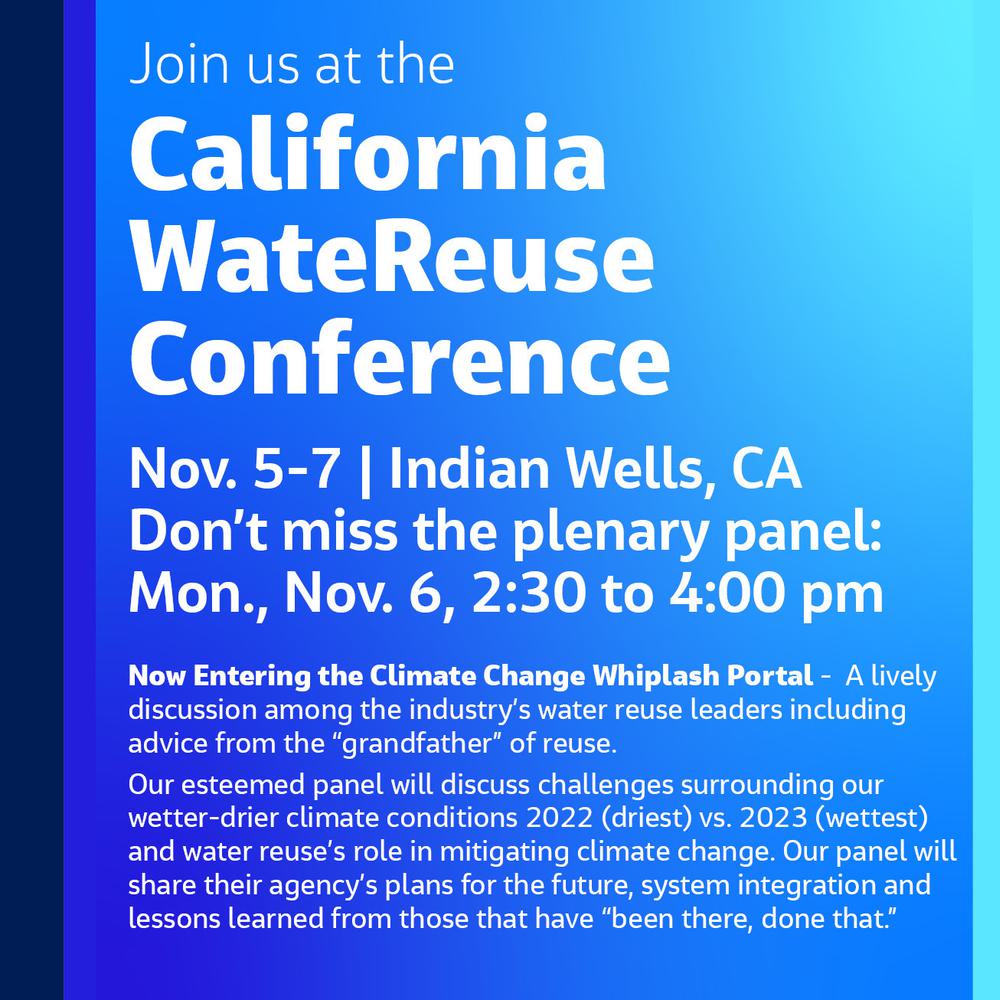Climate Change Resiliency Planning in California and Nevada

International and national guidance discuss the observations and causes of changing climate and its future impacts.
Wildfires, heatwaves, droughts, and flooding have caused essential water and wastewater utilities to consider the effect of climate change on their facilities and operations. Climate change resilience plans consider the impacts and effects and account for best practices in mitigating them.
Climate Science Resources
There are myriad climate-related studies that inform on relevant trends in climate science, and these trends play an important role in future planning and capital investment projects. California climate projections are based on the work of the International Intergovernmental Panel on Climate Change Report, Rising Seas Report, Fourth National Climate Assessment and California’s Fourth Climate Change Assessment as representing the state of the science. Nevada, in parallel, has focused a statewide climate change initiative on public health and natural resources.
Hazards and Threats
Treatment facilities and pumping stations have always faced climate threats; however, many of the vulnerabilities associated with natural phenomena are predicted to be exacerbated by climate change.
Related Topics:

Affects of Flooding
Facilities located near coasts, bays, rivers or drainage channels are susceptible to flooding and at risk for the disruption of services. Flood risk, which is expected to increase with climate change, can be derived from three main areas: riverine; pluvial (urban stormwater); and coastal sources. Climate change is also expected to result in more extreme storms, increased flood depths and raised sea levels. Coastal flooding can be influenced by local storm events, tidal cycles and larger climatic weather events, such as hurricane activity and El Niño events, all of which can affect surge and wave heights. Tsunamis are the result of offshore seismic events that can cause extensive inland flooding, which is worsened by sea level rise. The flood risks in riverine, coastal, urban drainage pathways and desert areas draining to playas can become apparent through analysis of Federal Emergency Management Agency (FEMA) flood maps combined with consideration of changing conditions.
Impacts from flooding on infrastructure include loss of service during the flood, electrical or mechanical damage with delayed recovery and unsafe conditions for operators and facility staff. A single pump station shut down by an extreme event can harm the level of service throughout the system and affect surrounding communities. Less obvious impacts are loss of access for maintenance personnel or delivery of emergency fuel.
Temperature Impacts
National reports identify climate change will lead to higher temperatures, particularly in the summer and in inland areas. Climate change will also lead to higher temperatures, as well as higher frequency of more intense and longer heat waves. The State of California’s Cal-Adapt website is a useful tool for projections of extreme heat and cold temperatures.
Ambient air temperature is a factor in the design and operation of electronics, electrical equipment and chemical handling facilities that may be sensitive to temperature. The increased number of extreme heat days above the historical averages should be considered in the design of cooling systems, equipment enclosures and shade structures. Wastewater temperature in desert communities may lead to greater corrosion and odor in collection systems and stress on aeration blowers and effects on biological treatment processes. Rolling brownouts and voluntary energy reductions may become more common as surrounding communities place greater electricity demands during heat waves.
Increase in Wildfires
In recent years, areas burned by wildfires have increased in parallel with rising temperatures and prolonged drought. Extreme heat combined with more frequent periods of drought make vegetation more susceptible to burning.
Wildfire prediction models are affected by multiple and complex drivers such as climate, land use and development patterns. Wildfire risk can be exacerbated by power transmission in vulnerable areas, lightning storm frequency and wind patterns, particularly in coastal regions where winds play a crucial role in wildfire intensity. Given the wide uncertainty in model projections, the most practical approach to plan for wildfire resilience is to identify facilities in areas at risk, rather than the magnitude of predicted changes in burn areas for future scenarios.

Protection Against Wildfire
An indirect impact of wildfire is power shutdowns by fire burning transmission power poles or by public safety power shutdowns from the power utility to prevent fires. Treatment facilities and pumping stations rely on standby generators or redundant electrical feeds to provide continuous service during power shutdowns.
How to Adapt
Maintaining safe and continuous operation of wastewater conveyance and treatment processes during climate-related events is of high importance for essential water and wastewater facilities.
By understanding site-specific risks, a utility can provide resiliency and adaptability of high priority infrastructure within ongoing upgrades and operations. Programmatic changes include emergency response plans and integrated planning. Operational changes impact the daily routine of operators and other staff. Physical changes represent capital improvement projects and minor upgrades.
Adaptations can be implemented at the boundary, building and asset levels within the buildings. Boundary-level adaptations protect the entire facilities and personnel and may include berms, flood walls or clear space.

Resiliency Toolbox
Looking into the Future
Water and wastewater utilities can assess their vulnerabilities and increase their resilience to climate change impacts. Resiliency tools can be applied program-wide through updates to design guidelines, emergency response plans, integration in capital programs, training and communications.
Excerpted from the Fall 2020 issue of CA-NV AWWA Source.











